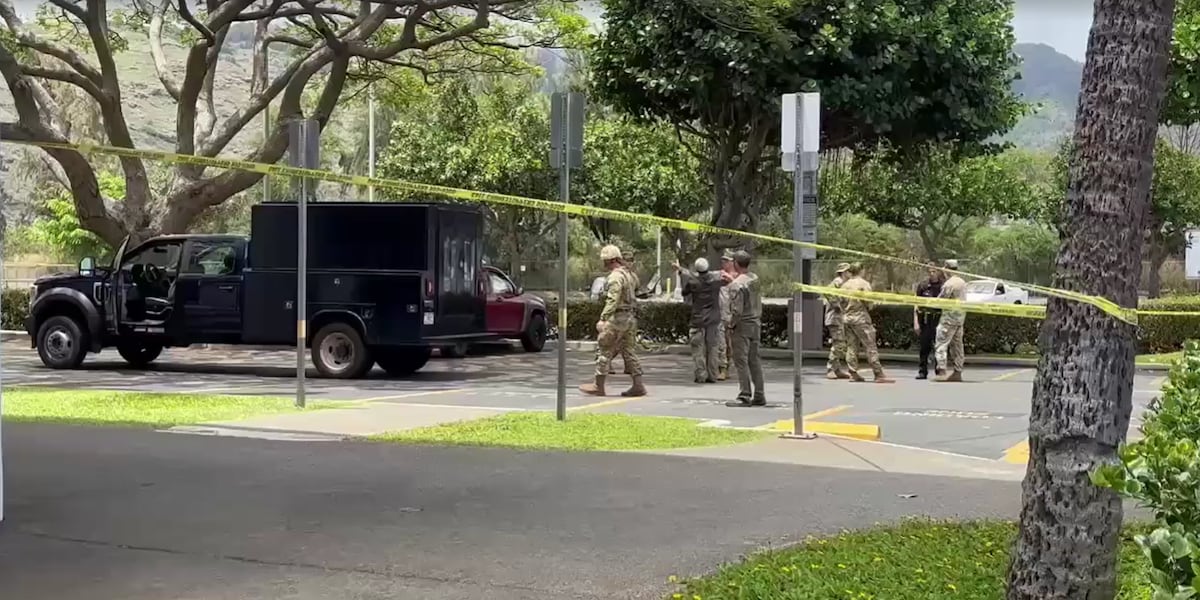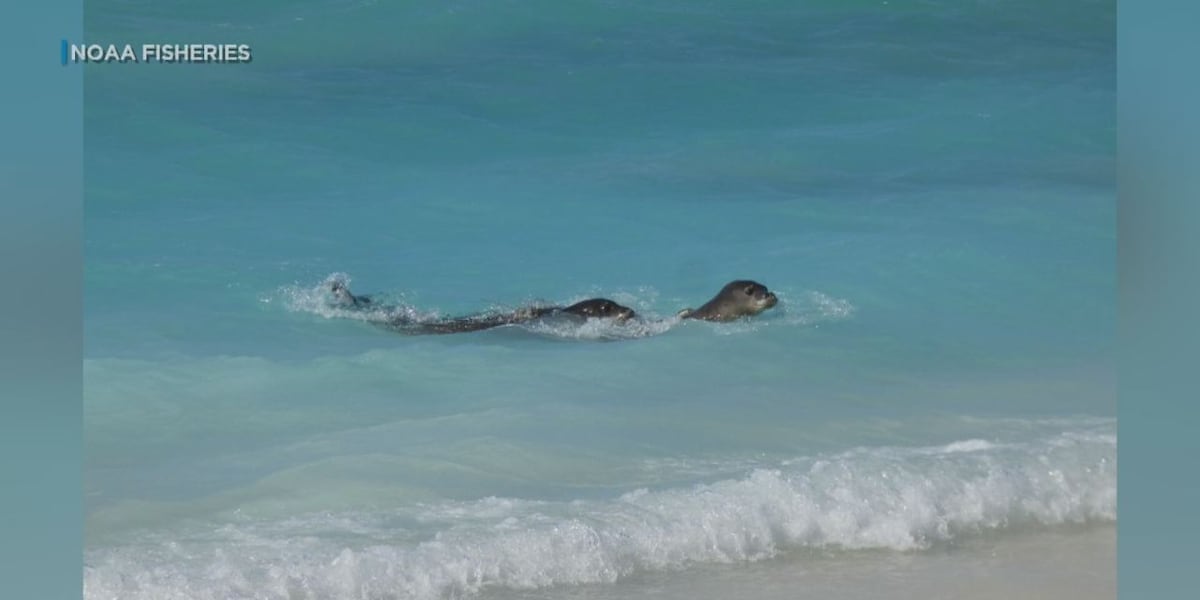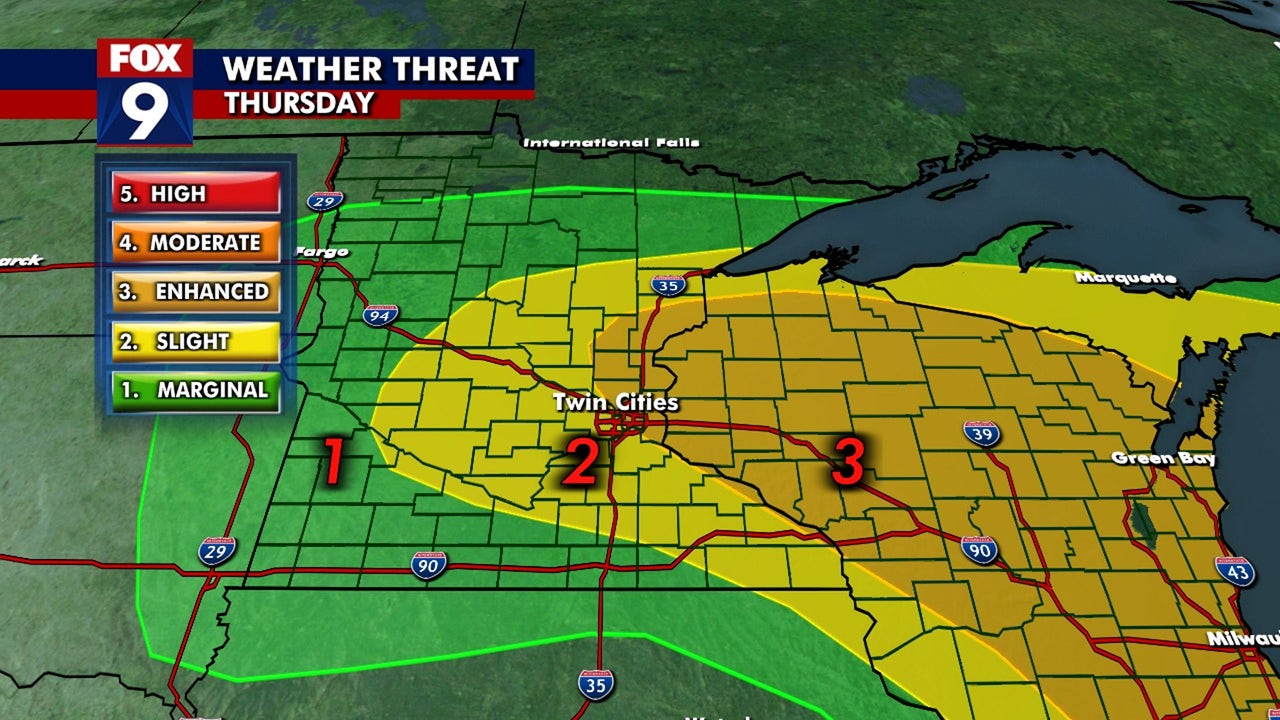Hawaii
$25M initiative to restore health of Hawaii’s coral reefs

For 30 years Greg
Asner used high-tech satellite, airborne and field technology to measure the scope of land and reef problems in Hawaii.
Now, he’s transitioning into the next phase of his scientific journey.
Arizona State University on Monday announced the creation of a new $25 million initiative that aims to preserve and restore the vitality to Hawaii’s declining coral reefs.
“I’ve finally got the backing to turn the diagnostic work into action,” said Asner, the project’s leader, who became the director of ASU’s Center for Biological Diversity and Conservation Science five years ago.
While ‘Ako‘ako‘a, as the project is called, further expands the diagnostic work, it will largely focus on interventions designed to help Hawaii’s corals survive as climate change threatens to undermine the world’s reefs.
For now, the project will work on the 120-mile stretch of coral reef on the western side of Hawaii island, one of the largest coral communities in the Hawaiian archipelago.
“This is the largest single tract of reef in the
islands. It is longer than the entire coastline of Kauai,” Asner said.
The funding also will help pay for a new state-of-the-art coral research and propagation facility known as the Ridge to Reef Restoration Center in Kailua-Kona.
The center, located at the state’s Hawaii Ocean Science and Technology Park, is under construction in partnership with a land restoration organization called Terraformation. When completed, the center will be the largest coral nursery in the world, Asner said, capable of housing 300,000 coral colonies at one time and as many as 1 million a year.
The state Board of Land and Natural Resources approved a memorandum of agreement last week making the state Division of Aquatic Resources a partner in the effort.
DAR Administrator Brian Neilson said the initiative represents “a powerful path forward for the future.”
“Restoring and enhancing our coral reefs takes a fusion of stewardship, management and high-tech science. ‘Ako‘ako‘a will be a major example of this blended process for west Hawaii,” Neilson said in a statement.
Asner said the project will focus on three general areas: the prevention of land-based pollution; reducing overfishing from the reef; and using science to help make reefs more resilient in the face of warming waters, ocean acidification and coral bleaching caused by climate change.
All three areas are contributing to a steady decline of Hawaii’s coral reefs.
In 2020 Asner’s lab
created the first detailed maps of nearly all the nearshore coral reefs of the main Hawaiian island. Flying a turbo-prop twin engine plane, the scientist deployed laser-guided imaging spectroscopy to take pictures of the reef up to a depth of 50 feet.
The resulting study found vast areas of decline and degradation directly linked to onshore development, overfishing and increasing water heat waves.
In the past 15 years, the reefs of West Hawaii have lost two-thirds of its reef fish, a reflection of the coral degradation, Asner said
The most concerning effect on the future of
corals are the warming oceans. Hawaii experienced serious bleaching in 2015 and 2019, and the National Oceanic and
Atmospheric Administration is predicting heat waves every year by 2040.
With El Nino already underway, 2023 could be another devastating year for corals in Hawaii, Asner said.
While the reefs of West Hawaii “are in far better shape than those of Oahu, they are in far worse shape than they were when I was a kid,” he said. “We have to try to intervene now before we lose too much. We have to prepare for a warmer climate.”
The Ridge to Reef Restoration Center will be the hub for testing corals and new propagation techniques that aim to make them more resistant to warmer water.
Asner said an estimated 3 million to 4 million corals are broken every year by storms, anchor damage, ship groundings and other reasons. These broken corals are now dying,
he said, but they could
be saved for experimentation, propagation and
replanting in nearshore waters.
The largest part of the ‘Ako‘ako‘a funding —
$15 million — was donated by the Dorrance family and Dorrance Family Foundation. Members of the Dorrance family live in Arizona and the Big Island. Other funds are from U.S. Sen. Brian Schatz’s office, the state Division of Aquatic Resources, NOAA and ASU.
This is the latest in a recent string of initiatives aimed at restoring Hawaii’s reefs.
In April, NOAA announced the funding of two projects — $9 million to an effort to revive and create coral nurseries off Waikiki, and $8 million to use the traditional ridge-to-reef ahupuaa strategy to combat habitat degradation in and around Maunalua Bay.
Meanwhile, scientists with the University of Hawaii’s School of Ocean and Earth Science and Technology, and Applied Research Laboratory are working to create a part-artificial, part-natural reef structure for
Oahu’s windward coast in a project funded by the U.S. Department of
Defense.

Hawaii
Police, military defuse projectile devices in Hawaii Kai

HONOLULU (HawaiiNewsNow) – Honolulu police and military personnel briefly closed the Maunalua Bay parking lot and surrounding roads to defuse projectile devices Wednesday afternoon.
Police said two possibly live M49A2 mortar bombs were turned in to the Hawaii Kai police substation by a member of the public at around 1 p.m.
The Honolulu Police Department‘s Specialized Services Division, in coordination with the Army’s Explosive Ordnance Disposal team, transported the devices to the Maunalua Bay parking lot for defusing.
Officers evacuated and closed nearby roads, including Kalanianaole Highway and Keahole Street, until the area was safe.
There were no injuries.
The all-clear was given and roads were reopened by 2:10 p.m.
HPD says if you find similar devices, do not move them and call 911 immediately.
Copyright 2025 Hawaii News Now. All rights reserved.
Hawaii
Rescued Hawaiian monk seals released after receiving life-saving care

HONOLULU (HawaiiNewsNow) – Four rescued Hawaiian monk seals were recently released back into the wild.
The National Oceanic and Atmospheric Administration Fisheries said the seals received care at the Marine Mammal Center’s Hawaiian monk seal hospital in Ke Kai Ola.
Seals DT46, a male, and DT48, a female, were rescued by NOAA’s seasonal field camp staff in Papahanaumokuakea Marine National Monument, officials said.
Both pups were underweight and had a 1% chance of survival. They were treated for malnourishment and gastrointestinal parasites before being released earlier this month, NOAA said.
Officials said that R419 was also malnourished and had multiple infected injuries along with large and small abscesses on his back.
There were also traumatic injuries on his right front flipper that caused the partial loss of his middle digit and fractures to four of the five digits. He was released after treatment in April, NOAA said.
RS52 was rescued on Maui after being observed losing weight at an alarming rate and treated for malnourishment and gastrointestinal parasites, officials said.
He was released in January and has since been seen around the south shores of Maui and recently on Lanai, where he was born in 2023, NOAA said.
Monk seals in need of help can be reported to NOAA’s Marine Wildfire Hotline at (888) 256-9840.
Copyright 2025 Hawaii News Now. All rights reserved.
Hawaii
Stephen Tsai: The work never ends for Hawaii athletics | Honolulu Star-Advertiser
-

 Austin, TX4 days ago
Austin, TX4 days agoBest Austin Salads – 15 Food Places For Good Greens!
-

 Education1 week ago
Education1 week agoIn Alabama Commencement Speech, Trump Mixes In the Political
-

 Technology1 week ago
Technology1 week agoBe careful what you read about an Elden Ring movie
-

 Culture1 week ago
Culture1 week agoPulitzer Prizes 2025: A Guide to the Winning Books and Finalists
-

 Technology6 days ago
Technology6 days agoNetflix is removing Black Mirror: Bandersnatch
-

 Education1 week ago
Education1 week agoUniversity of Michigan President, Santa Ono, Set to Lead University of Florida
-

 World6 days ago
World6 days agoThe Take: Can India and Pakistan avoid a fourth war over Kashmir?
-

 News6 days ago
News6 days agoReincarnated by A.I., Arizona Man Forgives His Killer at Sentencing





















